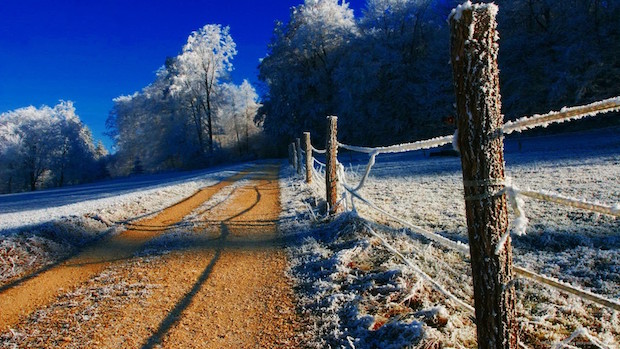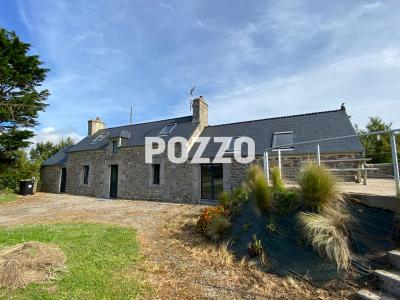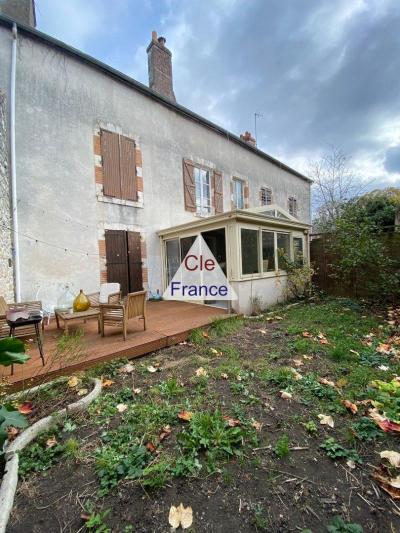One would have thought the festive season was a time to be cosy at home but a surprising number of people travel to their favourite destinations to enjoy the 'holiday' season. Those with the idea of buying a holiday home take the opportunity of house hunting during the Christmas break and this year seems to be a bumper year for Cle France clients viewing before, during and after the Christmas holidays.
So with this in mind we bring you some top tips to prepare you for winter driving in France.
Winter-related car insurance incidents typically increase from late October, but there are plenty of simple steps that you can take to prepare for safe winter driving.
Before you venture out in the car as the chill sets in, ask yourself the following three questions:

1. Is your car ready for winter?
Darker nights and adverse weather conditions can make driving particularly hazardous in winter months, but making sure that your car maintenance is up-to-date could help you to avoid an accident.
Check your windscreen, door locks, lights, brakes and mirrors are all clean and in good working order
Inspect the walls, pressure, treads and look for any splits on all of your tyres, including the spare one
Make sure that your insurance covers you, your passengers and the contents of your car. Breakdown cover is an additional option on car insurance policies do you have yours up to date?
2. Do you really need to travel?
Nobody wants to have their plans disrupted by the weather, but venturing out in the snow and ice can be both risky and expensive.
The most common claims over the winter period relate to cars skidding on ice or leaves, usually damaging the suspension as they hit the kerb.
If you do think that you need to travel, the Highway Code states that before you set off you must:
Be able to see. Clear all snow and ice from all your windows
Make sure that lights are clean and number plates are clearly visible and legible
Make sure the mirrors are clear and the windows are de-misted thoroughly
Remove all snow that might fall off into the path of other road users
Check your planned route is clear of delays and that no further snowfalls or severe weather are predicted.
3. Are you prepared for an emergency?
It’s great to have comprehensive car insurance, including breakdown cover, but make sure that you keep your policy number and rescue details in the car.
No matter what time of the year it is, it’s also a good idea to leave a high-vis jacket, warning triangle, first aid kit and torch in your car, some of these are essentials when driving in France.
During winter months, you’ll need to add de-icer and screen wash. Just in case you do have to wait in your car in the cold, it’s wise to keep blankets, food and water in your vehicle too.
Top tips for safe winter driving
If your journey is essential, try to allow yourself extra time. Keep a careful look-out for pedestrians who may be walking on the road instead of treacherous pavements and remember that it takes 10 times longer than usual to stop in the ice and snow.
Gentle, steady manoeuvres are essential for safe driving. In wintry conditions your vehicle may not behave as it usually does, so avoid harsh braking and acceleration, or sharp steering.
If conditions worsen while you’re out, try winding down your windows to look and listen for approaching traffic. If you cannot see, pull over until it’s safe to continue.
Don’t forget:
Thieves love the opportunity to steal a car left trustingly unlocked outside as it warms up. If you don’t have time to wait in the car as your windscreen thaws, try placing an old bed sheet or cover under your windscreen wipers overnight to prevent frost forming.
There’s no substitute for driving safely and checking that your car is well-maintained.

Blog submitted by: Alex at The French Property Network - Cle France.
Some content taken from UK Nationwide Building Society website.





